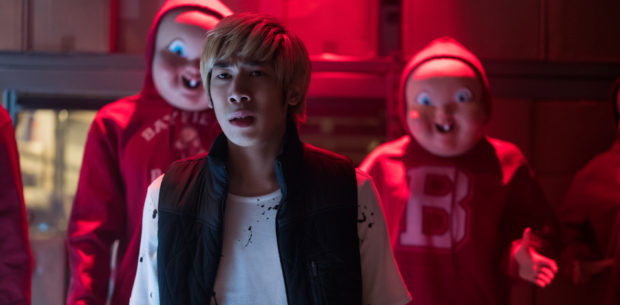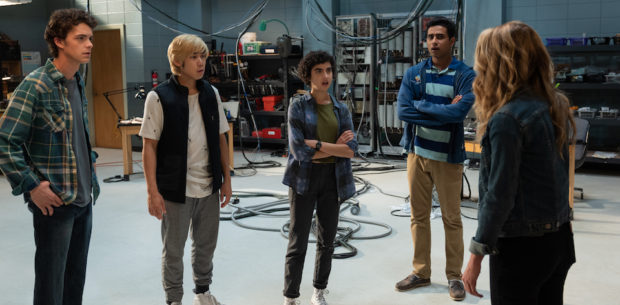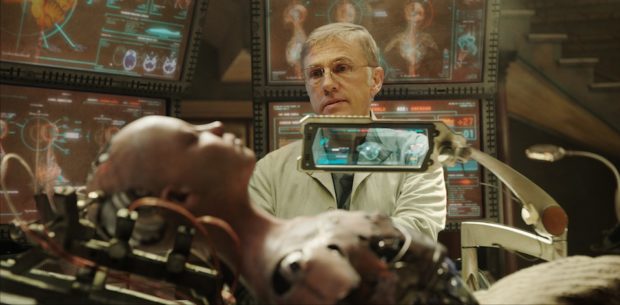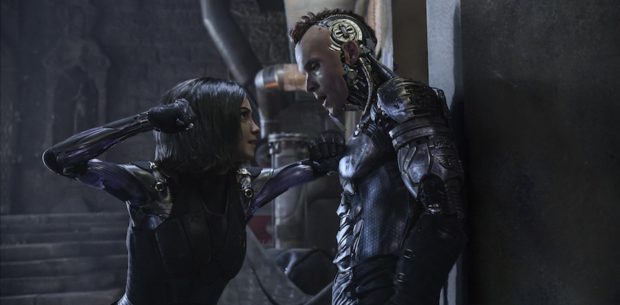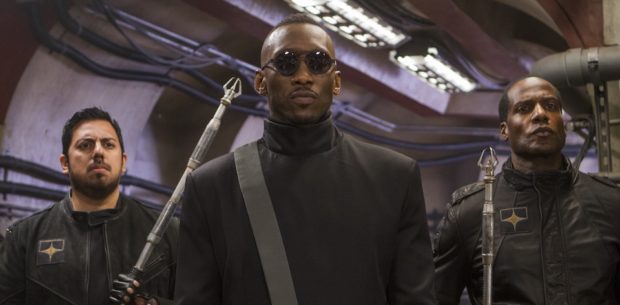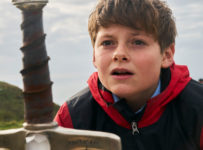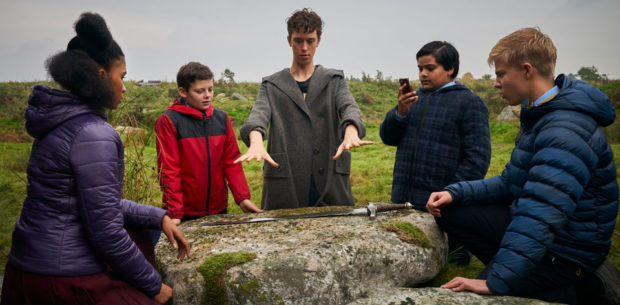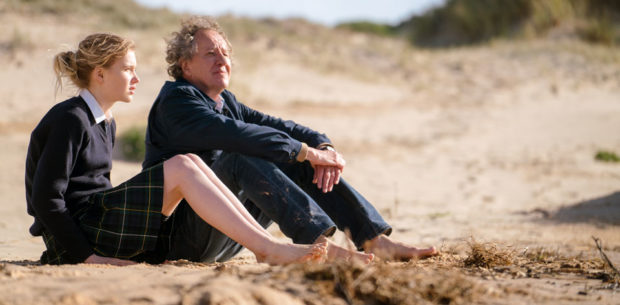It’s 2019. While absorbing that staggering fact bomb, it’s even more surprising that we’re still having firsts. After all, CAPTAIN MARVEL is the first solo female hero to headline a chapter of the Marvel Cinematic Universe. It’s also the first time a woman has taken the director’s chair in the MCU, as the Mississippi Grind team of Anna Boden and Ryan Fleck bring the most powerful woman in the galaxy to contemporary cinemas.
Or at least 1995, where Boden, Fleck, and co-writer Geneva Robertson-Dworet (Tomb Raider) lays our scene. “Vers” (Brie Larson) is a member of Starforce, an elite Kree military team led by Yon-Rogg (Jude Law). She has no memory of anything prior to her discovery 6 years earlier, save for the face of one woman (Annette Bening). After being captured by the shapeshifting Skrull Talos (Ben Mendelsohn), she finds herself in a madcap adventure on Earth alongside Agent Nick Fury (Samuel L. Jackson) to discover who she is.
CAPTAIN MARVEL is an ambitious film, wrapping up a story that has the scope of three Guardians of the Galaxy movies into a single outing. After a tonally ambiguous start, a marine assault set primarily in space, the film has a slightly awkward transition to Earth via a train chase that combines the fish-out-of-water antics of Thor with the Korean sequence in Black Panther. Yet by the time Larson steps off the train, the film has truly arrived.
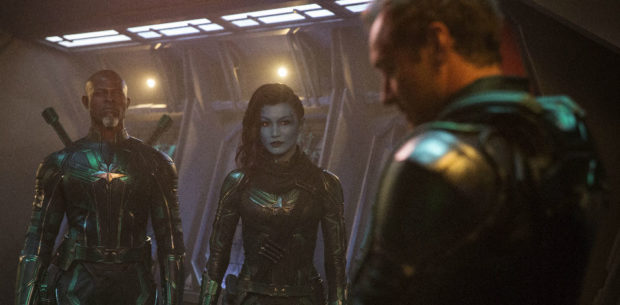
Here Boden and Fleck really find their feet and, inspired by the Blockbuster Video that the titular hero crashes into, they have a ball mixing up the high-concept highlights of action films from the 1980s and 1990s. It’s a spy caper where the enemy could look like anyone. It’s a buddy comedy. It has aerial dogfights over canyons. There’s even a feline friend named Goose who may just go down as the most purrfect kitty in cinema history.
Larson is flawless in her MCU debut. From her first moments on screen, she brings a light-hearted authority to her character, a tone that sustains much of the story. We might turn up for the Marvel Studios logo (which has been lovingly filled with shots from the late, great Stan Lee), but we stay for the uncovering of Carol Danvers the hero. Meanwhile, Jackson gets to play his typically enigmatic Fury for hapless laughs, a cool break after 9 outings as the character. Mendelsohn is bloody brilliant as an unexpectedly laid-back Skrull.
Yet CAPTAIN MARVEL also takes a few narrative shortcuts along the way. Most backstory is given a perfunctory set of flashbacks. Some sequences feel like they are stock action moments strung together without any accompanying development. Case in point is Captain Marvel’s eventual costume choice, which feels more like a throwaway gag than a hero moment.
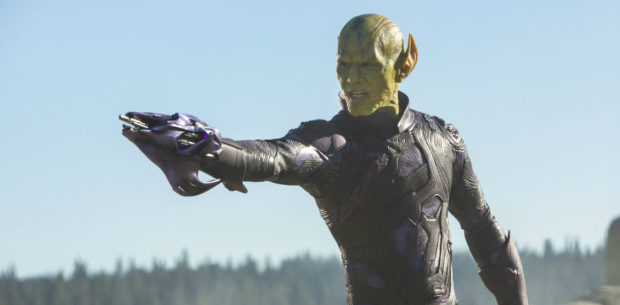
In every other way this is a tentpole film that paves the way for Avengers: Endgame while standing on its own two feet. Except for the unnervingly plastic-faced de-ageing on Phil Coulson (Clark Gregg), this is a special-effects space epic that makes good use of its Terran and orbital settings. Visually inspired by Roy Thomas and Gene Colan’s “Kree-Skrull War” storyline, and more recent entries like Kelly-Sue Deconnick and Dexter Soy’s amazing run, the last act of the film is a feast for the eyes teeming with Easter eggs from past and future films.
While this is the twenty-first film in the MCU, CAPTAIN MARVEL returns to the roots of hero-building that began with Iron Man in 2008. Like every fledgling hero, she has a few missteps along the way, but emerges out the other side as a fully-fledged Avenger ready to defend the planet. So, for everyone that tried to review bomb this film prior to its release, Carol answers them unblinkingly: “I have nothing to prove to you.”
2019 | US | DIR: Anna Boden and Ryan Fleck | WRITERS:
Anna Boden, Ryan Fleck, and Geneva Robertson-Dworet | CAST: Brie Larson, Samuel L. Jackson, Ben Mendelsohn, Djimon Hounsou, Lee Pace, Lashana Lynch, Gemma Chan, Annette Bening, Clark Gregg, Jude Law | RUNNING TIME: 124 minutes | DISTRIBUTOR: Disney (AUS) | RELEASE DATE: 7 March 2019 (AUS)


